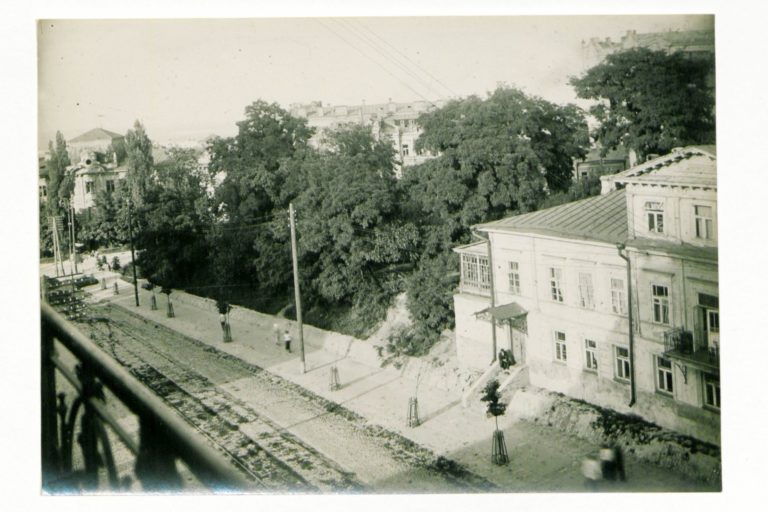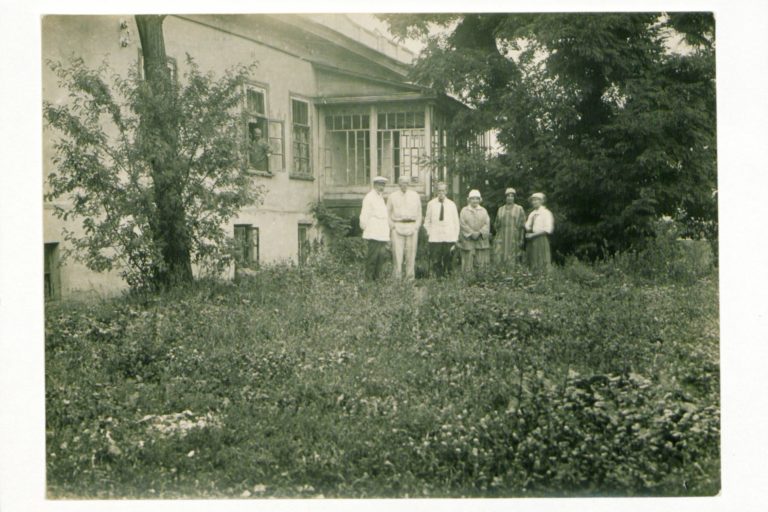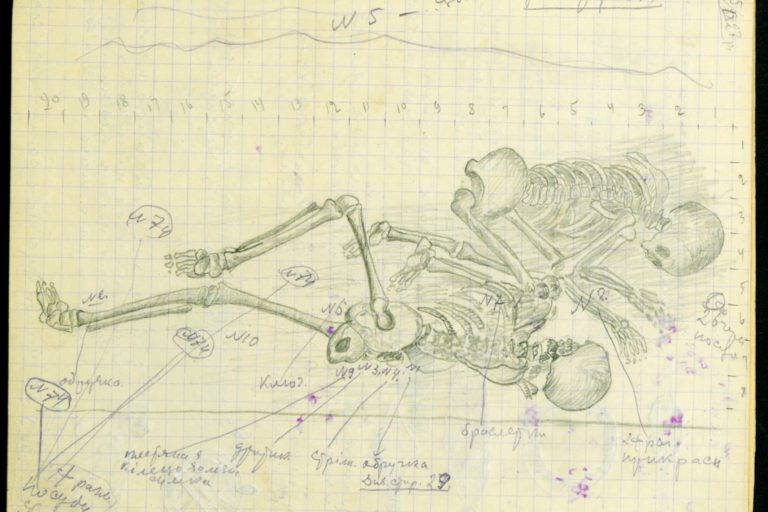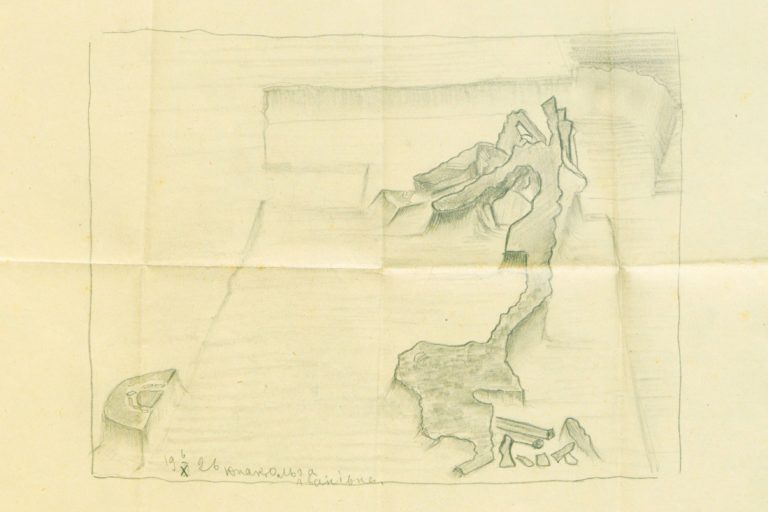Category: Kyiv. Trubetskyi’s estate
Former estate of the Trubetskyi princes in Kyiv
 Archaeological excavations at the former estate of the Trubetskyi princes in Kyiv were conducted under the leadership of Serhii Hamchenko during two field seasons – 1926 and 1927. These studies were initiated by the All-Ukrainian Archaeological Committee (the AUAC). Funds for the research were allocated by the Kyiv District Executive Committee, which also provided the necessary labor force.
Archaeological excavations at the former estate of the Trubetskyi princes in Kyiv were conducted under the leadership of Serhii Hamchenko during two field seasons – 1926 and 1927. These studies were initiated by the All-Ukrainian Archaeological Committee (the AUAC). Funds for the research were allocated by the Kyiv District Executive Committee, which also provided the necessary labor force.
 Serhii Hamchenko is known not only as a very professional and accurate researcher, but also in many ways an innovator, especially in terms of field work methods. Already at the beginning of planning, he refused to study only the remnants of the Grand Ducal times and decided to record all the cultural layers. The excavations were distinguished by the detail and clarity of the fixation, the method and involvement of specialists in various fields, including related sciences – historians, numismatists, zoologists, geologists, physical anthropologists, etc. Students of the Kyiv Art Institute performed graphic fixation of plans and sections and full-scale sketches. A specially invited photographer worked at the excavation.
Serhii Hamchenko is known not only as a very professional and accurate researcher, but also in many ways an innovator, especially in terms of field work methods. Already at the beginning of planning, he refused to study only the remnants of the Grand Ducal times and decided to record all the cultural layers. The excavations were distinguished by the detail and clarity of the fixation, the method and involvement of specialists in various fields, including related sciences – historians, numismatists, zoologists, geologists, physical anthropologists, etc. Students of the Kyiv Art Institute performed graphic fixation of plans and sections and full-scale sketches. A specially invited photographer worked at the excavation.
 The work was carried out by quadrats and by depth levels, all the soil from the excavation was reseeded, the finds were recorded and compiled in separate signed packages, and the archaeological objects discovered at the excavation were cleared and studied in more detail. In parallel, there was a laboratory, where the finds were sorted by type, described and prepared for display. In addition to plans of objects, descriptions of finds and schemes of their location, field diaries,
The work was carried out by quadrats and by depth levels, all the soil from the excavation was reseeded, the finds were recorded and compiled in separate signed packages, and the archaeological objects discovered at the excavation were cleared and studied in more detail. In parallel, there was a laboratory, where the finds were sorted by type, described and prepared for display. In addition to plans of objects, descriptions of finds and schemes of their location, field diaries,  and notes, a series of photographs and drawings of excavation profiles were obtained from the excavations.
and notes, a series of photographs and drawings of excavation profiles were obtained from the excavations.
Much attention is paid to the burials found here. In total, in two years, 14 complete and several destroyed burials from different times, from Ancient Rus to Early Modern times, have been excavated at the Trubetskyi estate. The most famous in the professional literature are the so-called “horse burial” (chamber burial of the second half of the X century) and the paired burial in the loess (evidence of the Mongol pogrom of Kyiv by Batu Khan in the winter 1240). Most of the burials belong to later times, some of them are probably monks.
Natalia Khamaiko
Fig. 1
View of the former Trubetskyi estate from the house opposite on Korolenko st. (modern Volodymyrska st.) in Kyiv. August 1926. Photographer: Mykola Stalinskyi.
Fig. 2
Before the excavations of Serhii Hamchenko at the former Trubetskyi estate in Kyiv: (from left to right) Vasyl Kulzhenko, Serhii Hamchenko, Oleksa Novytskyi, Novytskyi’s wife Yulia, Valeria Kozlovska, Novytskyi’s daughter Maria. August 1926. Photographer: Mykola Stalinskyi.
Fig. 3
Paired burial during the Kyiv pogrom by Batu Khan in the winter 1240. Page from the diary of Serhii Hamchenko. September 25, 1927.
Fig. 4
«Burial of a horse», found on the former Trubetskyi estate. Full-scale pencil drawing by Olga Yunak. October 6, 1926.
